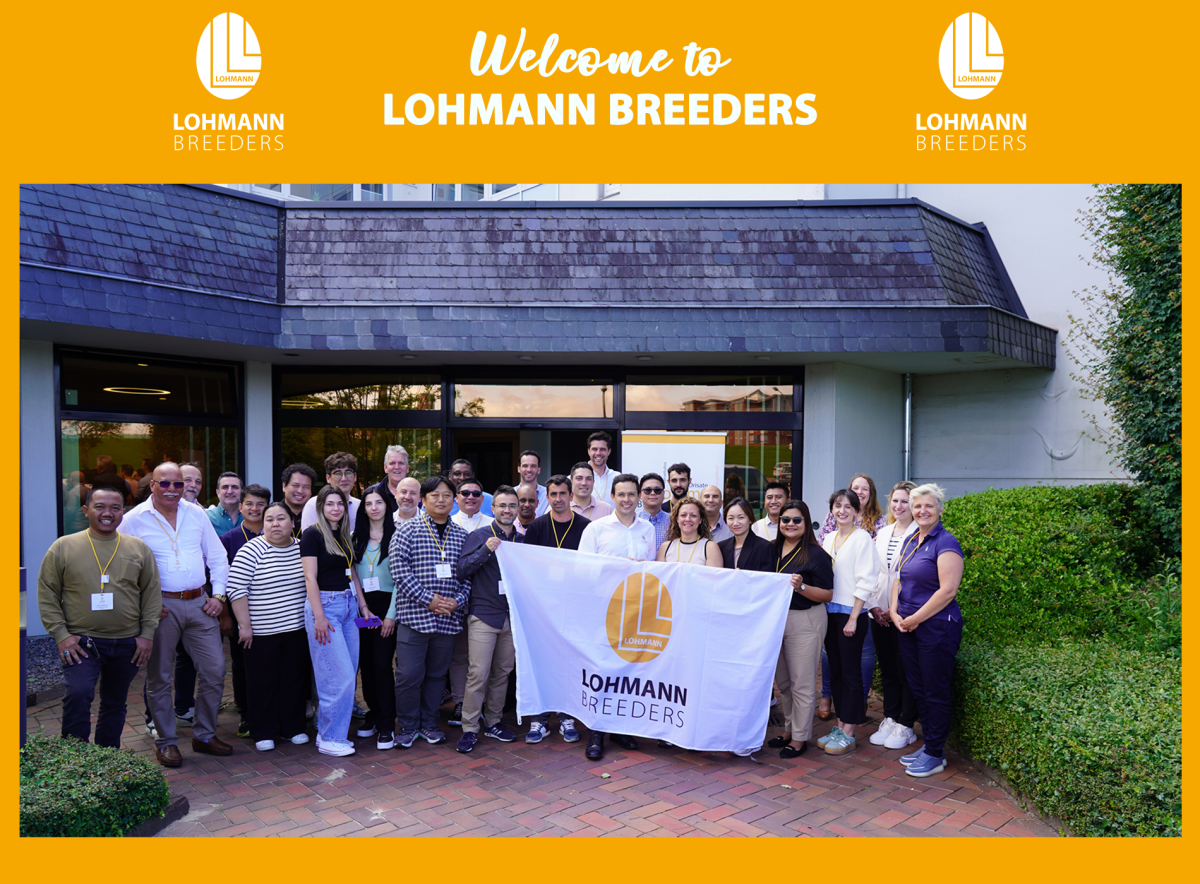Dear colleagues and friends,
The role of the microbiota in humans and animals has been underestimated in the past.
In animal science the microbiota of the intestinal tract was mainly studied with regard to the digestion of fibre in ruminants. In chickens and pigs as monogastric animals dietary fibre was considered as bulk which hampered the formulation of high density rations, or, caused problems when presented as non-starch polysaccharides (NSP). Veterinary studies mainly focused on pathogenic microbial organisms.
There is increasing awareness that the microbiota has important role to play beyond digestion and infections. It has been shown that metabolites of microbial origin act as neurotransmitters and influence the regulation of feed intake and mental state of humans and animals. Differences in the composition of the microbiota in laying hens of high and low feather pecking activity suggest an influence of the microbial activity on this damaging behaviour.
Recent results have shown that the microbiota of the digestive tract influence the immune response of animals and, thus susceptibility to diseases.
Conventional microbiological studies of the complex composition of the microbiota in the digestive tract, in feed or on carcasses were extremely difficult and time consuming. Recently developed methods of molecular genetics allow the analysis of large number of samples within short time qualitatively as well as quantitatively. Concomitantly with the development of new techniques, new technical terms have emerged from this new field of research.


Prof. Dr. Werner Bessei
The role of the microbiota in humans and animals has been underestimated in the past.
In animal science the microbiota of the intestinal tract was mainly studied with regard to the digestion of fibre in ruminants. In chickens and pigs as monogastric animals dietary fibre was considered as bulk which hampered the formulation of high density rations, or, caused problems when presented as non-starch polysaccharides (NSP). Veterinary studies mainly focused on pathogenic microbial organisms.
There is increasing awareness that the microbiota has important role to play beyond digestion and infections. It has been shown that metabolites of microbial origin act as neurotransmitters and influence the regulation of feed intake and mental state of humans and animals. Differences in the composition of the microbiota in laying hens of high and low feather pecking activity suggest an influence of the microbial activity on this damaging behaviour.
Recent results have shown that the microbiota of the digestive tract influence the immune response of animals and, thus susceptibility to diseases.
Conventional microbiological studies of the complex composition of the microbiota in the digestive tract, in feed or on carcasses were extremely difficult and time consuming. Recently developed methods of molecular genetics allow the analysis of large number of samples within short time qualitatively as well as quantitatively. Concomitantly with the development of new techniques, new technical terms have emerged from this new field of research.

Alessandra de Cesare contributes an introduction of the different methods and related terminology. She also presents examples of application of metabolomics and an outlook of the importance of these studies on poultry nutrition, health and product quality.
Breast muscle myopathies cause economic losses in the broiler industry and are considered to compromise the welfare of affected birds.
Massimiliano Petracci and his working group have been working extensively on this problem. Results of research from the literature and their own laboratory are reviewed in the second article, and possibilities to minimize the problem are discussed.
Food safety is the most important issue for consumers when purchasing meat and meat products.
Reports of the public media on this subject are often focused on scandals and provide the impression that the consumption of poultry products in particular is extremely dangerous and threatens our health.
These alarm calls are not always based on sound scientific studies (see Konrad Biesalski https://www.ltz.de/en/news/lohmann-information/Meat-as-a-healthy-and-valuable-source-of-micronutrients.php).
It is therefore important to regularly inform producers, retailers and consumers on the scientific state of health risks emerging form poultry products. In the third article Hafez M. Hafez presents the latest state of knowledge on this topic.
The duck is a poultry species with high potential for meat and egg production.
Research on breeding and production of commercial ducks is limited, especially in Europe and North America, but genetic selection for improved efficiency and meat quality has been practiced successfully and continues. Information on the production level reported in most textbooks is outdated.
The Bavarian Center for Small Animal Research and Extension, Kitzingen, Germany, recently summarized up-to-date data on the productivity of commercial duck breeds, which are commonly used in Germany and neighboring countries.
The study of Christian Wild and co-authors is not based on a random sample test, but the means and ranges presented for different economic criteria are typical for the breeds under field conditions. The results show rapid growth rate and high yield. The variation among breeds indicates scope for future development.

Prof. Dr. Werner Bessei








